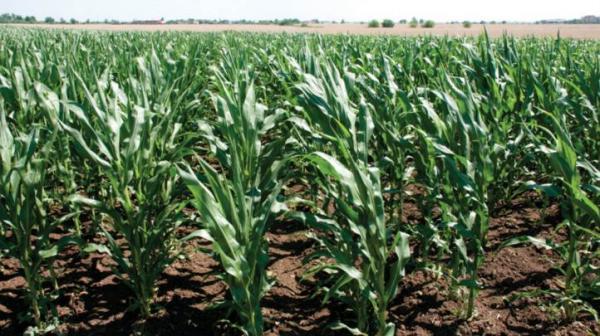All people dealing with the land - gardeners, gardeners, farmers - know perfectly well how ordinary weeds can bother. Sometimes it seems that they grow much faster than cultivated plants, competing with them for moisture, nutrients and light, drowning out their growth, significantly affecting their yield. That is why weed must be fought. The most effective and progressive method of control is the treatment of crops with herbicides. But not for every plant it is the same. The subject of our research is corn.
Table of contents
How to process seedlings for the destruction of weed
Herbicides, translated from Latin, are drugs that destroy any vegetation (coat of arms - grass, cido - kill). These are chemical reagents that treat the soil for weed control.. Manual weeding or loosening of the soil with the aim of their eradication is too laborious, not bringing the desired results.
For this purpose, reagents are created with one or several active ingredients, which causes their spectrum of action and scope of application. Currently, about 300 types of chemical reagents, differing in composition, method of use or exposure, are widely used on agricultural land.
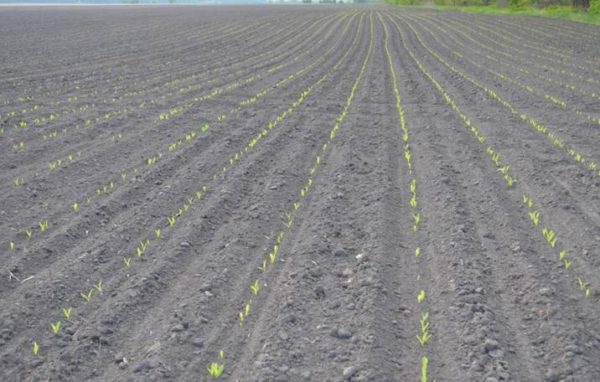
Classification of soil herbicides
Most weeds are annual. They multiply by seeds and live only one season.Perennial grasses have a strong root system that goes far into the soil, so they can grow even from a small piece of the root left after weeding.
Depending on the breadth of the spectrum of exposure, chemical reagents are divided into:
- drugs of continuous action;
- drugs selective (selective) action.
The first of them are designed to destroy all weed vegetation on the cultivated area. It is possible to use for clearing of the earth under lawns, beds. Highly concentrated reagents are suitable for the treatment of industrial, construction areas, on roads, at airports, as well as for the destruction of particularly persistent perennial weeds (for example, hogweed).
Selective herbicides destroy harmful vegetation on plantings of specific cropswithout harming themselves: in the fields of cereals, corn, sunflower, potatoes, tomatoes, etc. You can process before and after the emergence of the main crop, but, in any case, you should carefully study the instructions for use of the drug.
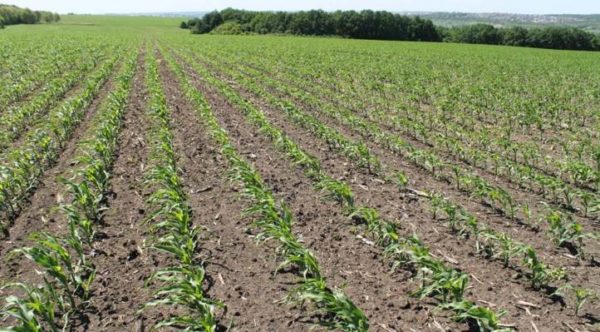
Which post-harvest herbicide is better for corn
Corn is one of the leading cereal crops of agriculture. High yield, a wide range of applications, easy getting used to any natural conditions contribute to its cultivation in many countries. On the importance and the areas of crops takes the third place after wheat and rice. But the large weed infestation of corn crops (especially during the period of seed germination) has a very negative effect on the crop itself: the growth of the ground part of the plant is significantly slowed down, the root mass increases, and the yield is sharply reduced. That is why it is necessary to carry out timely "chemical weeding" of crops of grass with herbicides.
Processing crops, including maize, carry out preparations of selective action and it is expedient in crops of large areas. Since the range of herbicides is huge, it is important to make the right choice. To do this, you first need to study the composition of the weed mass in the fields and determine which herbicide is best to use.
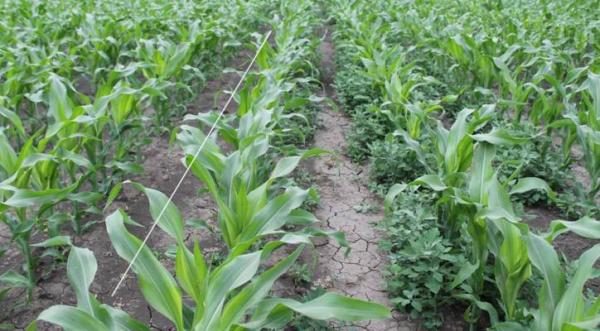
Varieties of drugs and how to use them
- Preparations based on 2,4-D amine salt have an effective effect only with good soil moisture. Otherwise, herbicides can have an effect on corn, burn the seedlings, slow down the growth. Weeds affect the drug for 30 days, gradually slowing down their growth and leading to death. Processing should be carried out strictly during the formation of 3-5 sheets.
- Preparations on the basis of kloperalid selective action, used after germination.
- Sulfonylureas are very effective preparations of systemic action with increased selective activity in relation to various types of weeds.
Among the most popular post-harvest preparations for treating corn are:
- Trimmer - selective action against annual cereal weeds, used in crops;
- Miranda - complex destruction of weeds in crops of corn;
- Turbine - a soil herbicide, effective against annual grasses, used in crops;
- Saga, Coat of Arms 900 - preparations used before germination;
- Quasar - selective action, processing after germination;
- Adengo - systemic action against cereal and dicotyledonous weeds, incl. difficult to eradicate, it is possible to use before and after the emergence of corn.
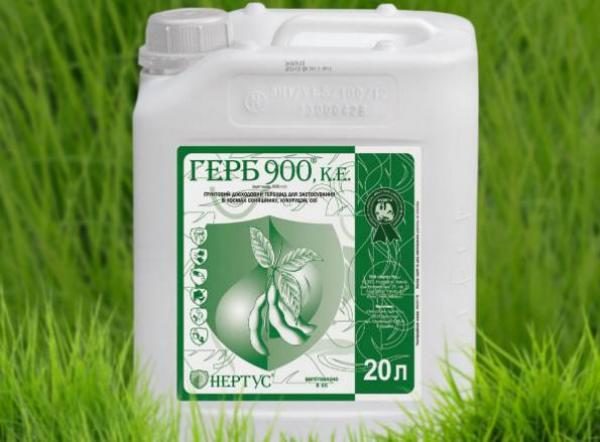
Soil Pre-emergence Herbicide Coat of Arms 900
Especially popular recently herbicide Mayster Power (made in Germany). It provides total control over weeds of all kinds and at the same time maximum protection for corn. Due to the special corn antidod, the processing of fields can be started after the appearance of a 7-8 leaf on the sprouts. By this time the weeds of all groups are sprouting (one, dicotyledonous, cereal, difficult to eradicate). A single MisterTowerPower treatment is enough to destroy all weeds, minimizing the toxic effect on the crop itself due to the presence of the antidode. All these activities can increase the yield of cereal to 70ts per hectare.
Features of processing crops
Since there is a very wide range of different preparations from weeds, you need to carefully approach the choice of means.
First of all, it is necessary to determine which weeds are present in crops, which means are most effective for controlling them, and also correctly calculate the dosage of the preparation.
When spraying herbicides before germination (embedding in the soil) it is necessary to ensure that the chemical solution does not penetrate below the level of the seeds. Many of the herbicides applied directly to the soil are active only at a certain level of soil moisture.
If the fields are cultivated after the crop emerges, it is necessary to do this no sooner than 3 to 5 leaves appear on the sprouts, strictly following the dosage, so as not to damage them.
So that the chemicals do not affect the quality of the harvest, the last treatment should be carried out 1-1.5 months before the harvest begins.
The benefits of corn for humans can not be overestimated. In addition to eating, application in various industries, this grass serves as an ideal forage base for animal husbandry. Protecting crops from harmful weeds is of paramount importance to the farmer, the head of the farm. This will allow to clean fertile lands, to harvest high yields, to increase the efficiency of agricultural production,positively affect the quality of the crop.
